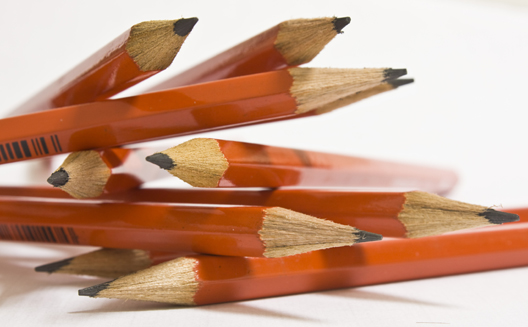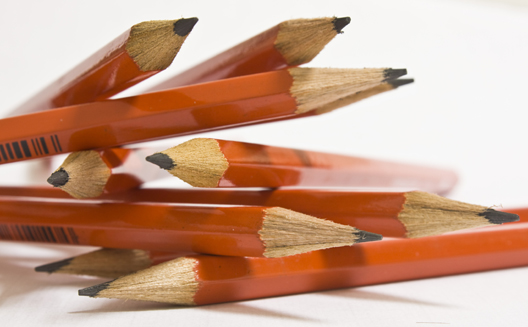6 Essential Tools For User Experience Design On a Budget

 You can't any work done without
good tools. Yet if you're just starting to learn and work in user
experience design, you don't want to spend thousands of dollars on
tools just yet.
You can't any work done without
good tools. Yet if you're just starting to learn and work in user
experience design, you don't want to spend thousands of dollars on
tools just yet.
So below I've created a small list of tools that I use from time to time that are very affordable on a budget; some, in fact, are dirt cheap!
1. Pencil and Papers
Rule #1: ALWAYS and I mean ALWAYS have these two on you, no matter what kind of work you are doing. Assuming you have already designed every step and you want to wireframe, you should always sketch on papers, and I mean ALWAYS. This is a golden rule that shouldn't be forgotten. (Some might say use a pen instead of pencil so you avoid erasing and fixing and just go with the initial design. This is a bit strange if you ask me, but you will find those giving this advice).
2. HotGloo
When I need to wireframe while working with different stakeholders and some of them are abroad, HotGloo is my weapon of choice. You can create wireframes and prototypes that are interactive to some extent. Different members can help and collaborate, across distances. All this is done in one place and it's not expensive. Check it out.
3. Silverback
Usability tests don't come cheap, but if you just started out, you will need something quick, cheap, straight to the point to dip your toes into this pool. Honestly, I love Silverback, it's quick and easy, doesn't require setup or fiddling with wires or connections; you can just run the app and let it do its job. With Silverback you can capture video casts, record the tester's face and voice, add markers, and control it via remote (just what it says on the tin!).
4. Card Sorting
Card sorting helps you determine user preferences (read more about it in my earlier post). Honestly, this can be done in two ways. The cheap way is to use cue cards and pencils or an online card sorting tool. The latter is not very expensive, and it makes data entry very easy for you (typing data into excel files can be boring, and online card sorting tools do that for you). But cue cards and one to one interactions can give you more insights as well. Since it's your first try, go with the cue cards; you won't regret it.
5. Cohdoo's Highlight
Taking notes during an interview on a notepad is always excellent, since it gets the information the interviewee is providing you with to sink in faster. But sometimes you can't keep up with the pace of speech when writing, and you might miss a comment that the user gave. I solved that problem by using a nice little app, Highlight. What it does is pretty simple: you can record a video interview, so that whenever you hear something important, you can tap on the screen, and it will save the moment for you to play it back later on.
Not only that, but you can store the interview on Dropbox or just save it on your desktop using iTunes, so you can email it later. Very neat and can come in very handy during classes too not just work! it's available for iPhone for the time being.
6. Omnigraffle
I cannot live without this tool. it is the Ali Baba's cave of software for me. Some might not like all the praise, but you can pretty much design your wireframes, adding your findings, proposals, presentations, and any documents. And not only that, Omnigraffle has almost every possible stencil and element you would need to design mobile, web and even architectural and electrical plans! If you own a Mac, make sure you buy it (there's a free trial!) and check Graffeltopia for stencils.
These are a few tools that are not too expensive, and affordable on the whole. Remember, there are no "right tools," just the tools that you feel comfortable working with. Don't be afraid to search and test what suits you best; a lot of services and software companies offer free trials. If you already use something and have an opinion, don't be shy: leave a comment.


